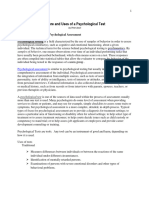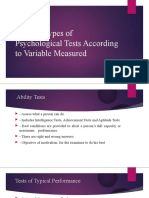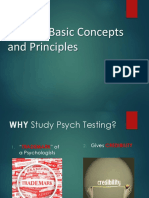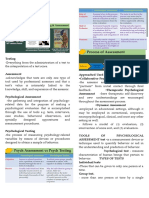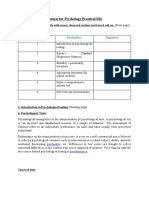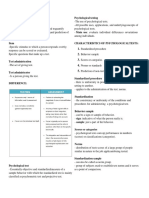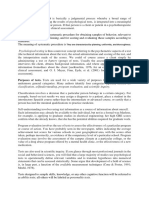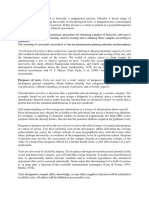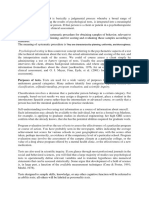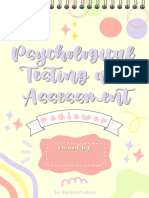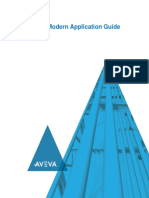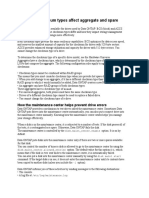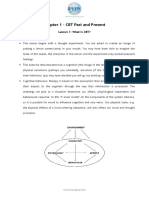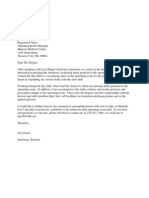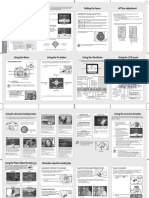0% found this document useful (0 votes)
22 views64 pagesCA - Unit2
Psychological tests are standardized measures designed to assess individual differences in psychological attributes such as intelligence, personality, and emotional functioning. They are characterized by standardization, objective measurement, and quantification, and serve various purposes including diagnosis, assessment, and research. The document also outlines the historical development of psychological testing, its applications across different settings, and the procedures involved in administering and scoring tests.
Uploaded by
Book LoverCopyright
© © All Rights Reserved
We take content rights seriously. If you suspect this is your content, claim it here.
Available Formats
Download as PDF, TXT or read online on Scribd
0% found this document useful (0 votes)
22 views64 pagesCA - Unit2
Psychological tests are standardized measures designed to assess individual differences in psychological attributes such as intelligence, personality, and emotional functioning. They are characterized by standardization, objective measurement, and quantification, and serve various purposes including diagnosis, assessment, and research. The document also outlines the historical development of psychological testing, its applications across different settings, and the procedures involved in administering and scoring tests.
Uploaded by
Book LoverCopyright
© © All Rights Reserved
We take content rights seriously. If you suspect this is your content, claim it here.
Available Formats
Download as PDF, TXT or read online on Scribd
/ 64










